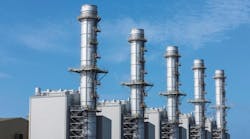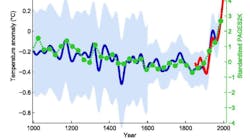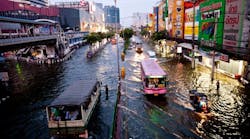Since beginning Clark’s Remarks in 2013, sea level rise – as a result of climate change – has been a frequent topic, most of it focused on South Florida, where I live. But sea level rise is not limited just to Florida, of course.
Just last month, I noted that residents of coastal New Jersey, Connecticut, NYC, and North Carolina were also at significant risk. Although scientists may disagree on the rate and speed at which ocean levels are rising, and how much of that is driven by anthropogenic climate change, they do all agree that sea levels are, in fact, rising.
That, unfortunately, is not the only problem.
Now, we learn that coastal cities vulnerable to sea level rise are also sinking, some of them at a rate faster than the sea level is rising. According to the 2050 Climate Change City Index, Bangkok, Thailand, is the most vulnerable city in the world to sea level rise and suffers frequent severe flooding.
According to Aljazeera, Bangkok’s catastrophic 2011 monsoon season left a fifth of the city underwater and killed more than 500 people. And even as the Gulf of Thailand, a shallow inlet in the southwestern South China Sea rises, Bangkok is sinking.
The city's elevation is approximately 1.5 meters (5 feet) above sea level. According to experts, the sea level is rising at a rate of 1.25-2.5 cm (0.5-1 inch) per year, even as the city sinks at a rate of 2-3 cm (0.8-1.2 inches). Therefore, it is estimated that, by 2050, a third of the city could be completely under water.
And Bangkok is not the only Southeast Asia city to be threatened by sea level rise as it sinks.
In Indonesia, concerns about Jakarta’s vulnerability have resulted in the government proposing to move its capital to Borneo. And Ho Chi Minh City in Vietnam could also be underwater by 2050, dislocating millions of people living in the Mekong Delta.
Closer to home, New Orleans – more than half of which is already below sea level – is sinking at a rate of nearly 40 mm per year. And even closer to home for me, Miami – a city among the most vulnerable due to sea level rise – is also sinking.
Although some areas have a certain amount of natural subsidence, many of these cities are sinking because of groundwater pumping. When excess groundwater is pumped out, draining the aquifers, the surrounding land mass settles and compacts. In addition to drinking water, oil and gas drilling and rapid construction also have been blamed for accelerating subsidence.
The good news is that, although subsidence cannot be reversed, reducing extraction through good groundwater management can reduce or even stop subsidence in areas where groundwater extraction is the main cause. A good resource for helpful information is the Groundwater Management Districts Association.
A regular contributor to HPAC Engineering and a member of its editorial advisory board, the author is a principal at Sustainable Performance Solutions LLC, a south Florida-based engineering firm focusing on energy and sustainability. He can be reached at [email protected].










